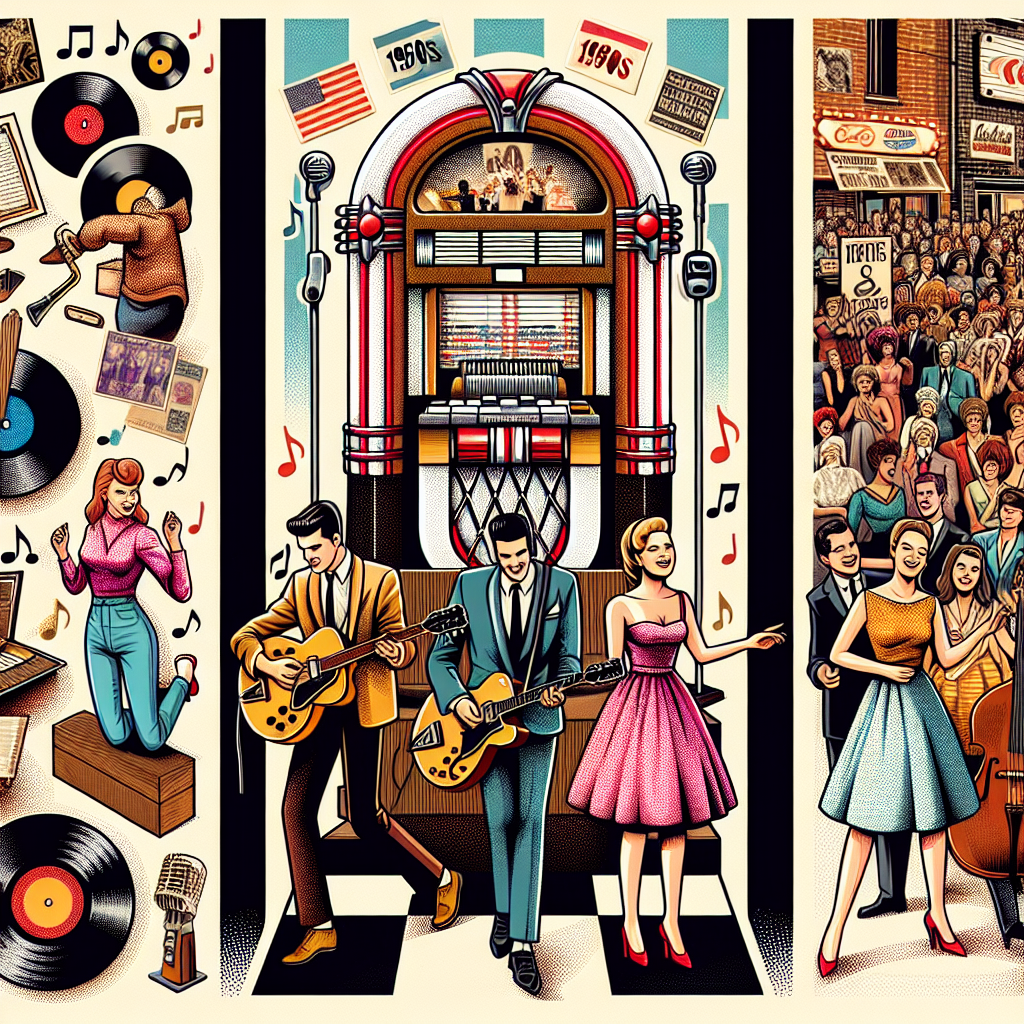Music has always been a reflection of the culture and society in which it is created. From doo-wop to disco, the music of the 1950s, 60s, and 70s captured the diversity and vibrancy of these decades in a way that continues to resonate with audiences today.
In the 1950s, music was heavily influenced by the post-World War II era. Doo-wop emerged as a popular genre, characterized by its tight harmonies and catchy melodies. Groups like The Platters and The Drifters dominated the charts with hits like “Only You” and “Save the Last Dance for Me.” These songs reflected themes of love, heartbreak, and longing that resonated with young people coming of age in a rapidly changing world.
Politicians also recognized the power of music during this time. Artists like Elvis Presley were seen as rebellious figures who challenged societal norms through their music and fashion choices. Despite this backlash from some conservative groups, rock ‘n’ roll continued to grow in popularity, paving the way for future generations of musicians.
The 1960s brought even more diversity to the music scene. The civil rights movement inspired artists like Aretha Franklin and Marvin Gaye to use their platform to address social issues through their music. Songs like “Respect” and “What’s Going On” became anthems for a generation fighting for equality and justice.
Technology also played a significant role in shaping music during this time. The rise of television brought live performances into living rooms across America, allowing artists to connect with fans on a more personal level. The Beatles’ appearance on The Ed Sullivan Show in 1964 marked a turning point in music history, solidifying their status as global superstars.
By the 1970s, disco had taken over dance floors around the world. Artists like Donna Summer and The Bee Gees created infectious grooves that had people dancing all night long. Disco culture was about more than just the music – it was a lifestyle that embraced diversity, self-expression, and liberation.
Fashion also played a significant role in shaping the music of this era. Bell-bottom pants, platform shoes, and glittering sequins became staples of disco fashion, reflecting the flashy and glamorous nature of the genre.
Overall, the music of the 1950s, 60s, and 70s reflects a time of great change and transformation in American society. From doo-wop harmonies to disco beats, each genre captured a different aspect of culture at that time.
Today, we can still see traces of these musical influences in contemporary artists who draw inspiration from this golden era of music. Whether it’s sampling an old Motown record or paying homage to disco divas on stage, these genres continue to shape our musical landscape in new and exciting ways.
So next time you find yourself listening to your favorite song from this era, take a moment to appreciate not just the catchy melody or infectious beat but also the rich cultural history behind it. From doo-wop to disco – these genres remind us that music has always been a powerful force for change and unity.


Get involved!
Comments